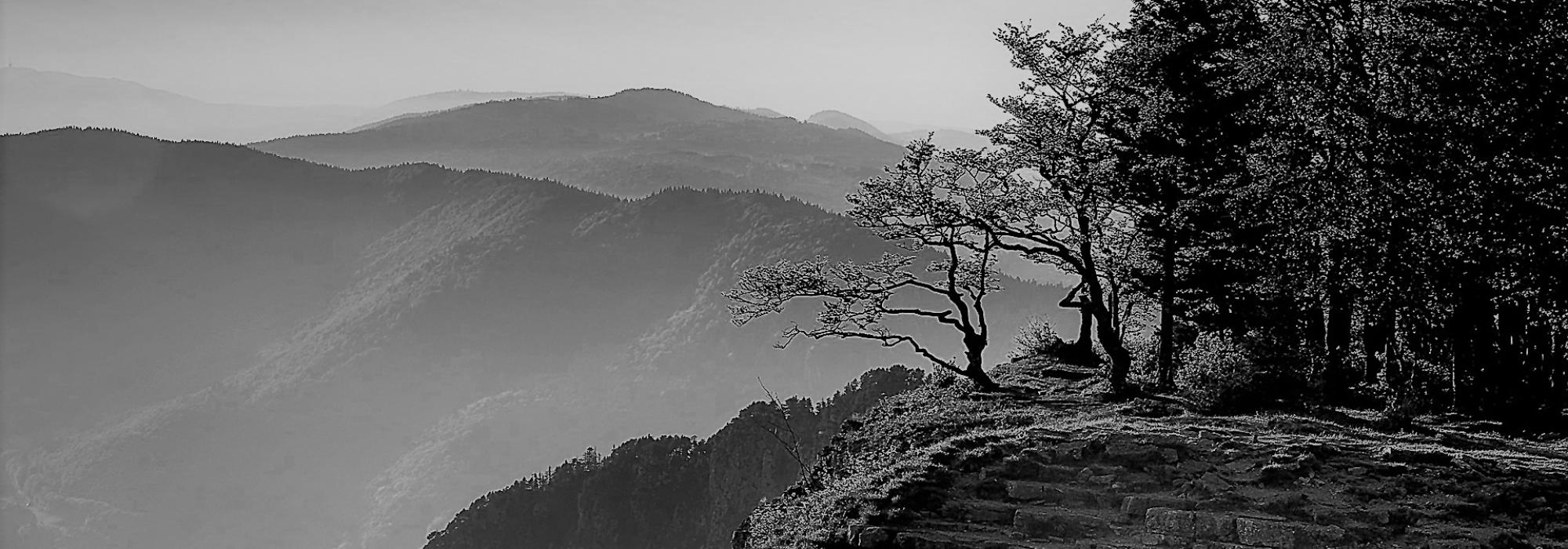Satyakāma jābāla (Chāndogya)
In the past, education would mean learning the vedas and allied branches like vyākaraṇa (grammar). The student had to leave his home and had to stay in the gurukula. There were no facilities for food and other amenities. One had to go around to get alms and live on that. One had to also serve the ācārya of the gurukula with utmost diligence, that would help to attain ācārya’s affection, only then one would get knowledge. The Guru would test the śiśya for qualities like vinaya (conduct), śraddhā (faith), arjana (capability of acquisition), gurubhakti (devotion towards the guru), only if the guru is convinced that the student is deemed fit education would happen. Only after the guru was convinced that the student has the prerequisites would he impart higher knowledge and bestow upon him everything he had learnt.
There lived a brāhmaṇa widow by named Jabālā in a village, where she was leading a life of hardship. She was an orphan and was extremely poor. She had a son named Satyakāma. All his friends were being initiated to education through upanayana and they started leaving the village to join gurukula to study. Seeing them Satyakāma also desired to do so. But his upanayana had not yet happened. But his enthusiasm knew no bounds. Anyone joining a gurukula had to introduce themself by their kula (lineage) and gotra (progenitor of the lineage). Satyakāma approached his mother, prostrated before her and asked for permission to attend gurukula. Then he asked, “O mother, there the guru will ask for the kula and gotra. Can you tell me what gotra I belong to?” A teary eyed Jabālā replied, “My dear child, I got married at an early age. Once your father came I’d always be busy with daily chores. We were poor, had work to earn livelihood, homely chores, looking after my husband, attending to guests–these took up my whole life. There was no time to think about anything. When I was in my youth you were born. It's our misfortune that your father passed away. I don’t know any of his relatives. I don’t know the gotra. What shall I do now?” Satyakāma asked, “What should I tell the guru then?” she replied, “Tell him the truth. I’m Jabālā, you are my son, so you are Jābālā. Tell him you are Satyakāma, of unknown gotra. Tell him that’s what your mother told you to do."
Satyakāma took leave and reached a guru. The guru was the son of Haridrumata, Gautama, he approached him, prostrated, and introduced himself thus, “Bhagavan, I’ve come to you desirous of learning. Please accept me as your śiśya.” Gautama replied, “Saumya, what is your gotra?” Satyakāma said, “Svāmin! I don’t know. I don’t have my father. I asked my mother. She said, ‘we are poor. Always engaged in work to earn livelihood, hardly had time amidst daily chores. Your father passed away. I didn’t ask him about the gotra. So I don’t know the gotra.’ My mother is Jabālā. I’m her son Satyakāma-Jābālā.”
Gautama thought for a while and then said, “You are indeed a brāhmaṇa. Or else you’d never be able to reconcile with such brutal truth and state it as a matter of fact. Good. Have you undergone the initiation through upanayana?” Satyakāma said that he has not been initiated. Gautama replied, “You have again told the truth. Always treading on the path of truth. Good. I’ll conduct upanayana. Bring samit.” Then Gautama conducted the upanayana as prescribed.
Then he separated four hundred cows which were emaciated from the herd of cows which belonged to the gurukula and assigned Satyakāma to tend to them, “O child, you should tend to them. You should ensure that they are fed well and make them grow with utmost care.” Satyakāma happily agreed, “I’ll look after them personally and will not come back to the gurukula till I’ve a thousand cows.” He took those cows to the forest. Then he reached the grasslands where food was abundant and took great care of the cows. Years passed. The cows grew well. They begot calves. Their numbers grew steadily and reached a thousand.
He not only tended to the cows meticulously, he also didn’t falter from his nitya-karma (daily routine), sandhyopasanā, agnikārya etc and remained steadfast in brahmacarya. Pleased by his śraddhā and tapas, Vāyu possessed one of the bulls in the herd and addressed Satyakāma thus, “O Satyakāma, we have now reached the target which was a thousand, now take us back.” He also said, “Saumya, We deities are pleased. So I’ll impart you with the first pāda (quarter) of the knowledge of parabrahman.” Satyakāma agreed, “Bhagavan, as it pleases you” Vāyu said, “Satyakāma, the east is one kalā of the brahman, so is the north, a kalā is one fourth of a quarter, and so on. Thus a pāda is made up of four kalās. It is called as ‘prakāśavān’ One who knows this secret and performs upasanā of this quarter ‘prakāśavān’ consisting of four kalās, he would gain all the fame in this world and would attain higher worlds later. Another quarter will be revealed to you by Agni”
The next Satyakāma took the herd in the direction of the gurukula as instructed by Vāyu. It was dusk. He stopped, finished his sandhyopasanā, continued with agnikārya, and sat near the Agni in the east. Agni, pleased, said, “Satyakāma I’ll impart you with the second pāda (quarter) of the knowledge of parabrahman.” Satyakāma agreed. Agni replied, “Pṛthvī is one of the kalās, antarikṣa is one, paramākāśa and samudra are others. Saumya! This pāda composed of these four kalās is called ‘anantavān’ ; one who knows this secret and performs upasanā of this quarter ‘anantavān’ consisting of four kalās, he would become that. He would get an unbroken lineage of progeny. Finally he would attain the eternal puṇyaloka. The next quarter will be revealed to you by Āditya who is in the form of haṃsa.”
To be continued...
This is the seventh part of the multi-part translation of the Kannada book "Upanishattina Kathegalu" by Mahamahopadhyaya Vidwan Dr. N Ranganatha Sharma. Thanks to Dr. Sharada Chaitra for granting us permission to translate this wonderful work. Thanks to B. N. Shashikiran for timely and appropriate edits. The original in Kannada can be read here














































